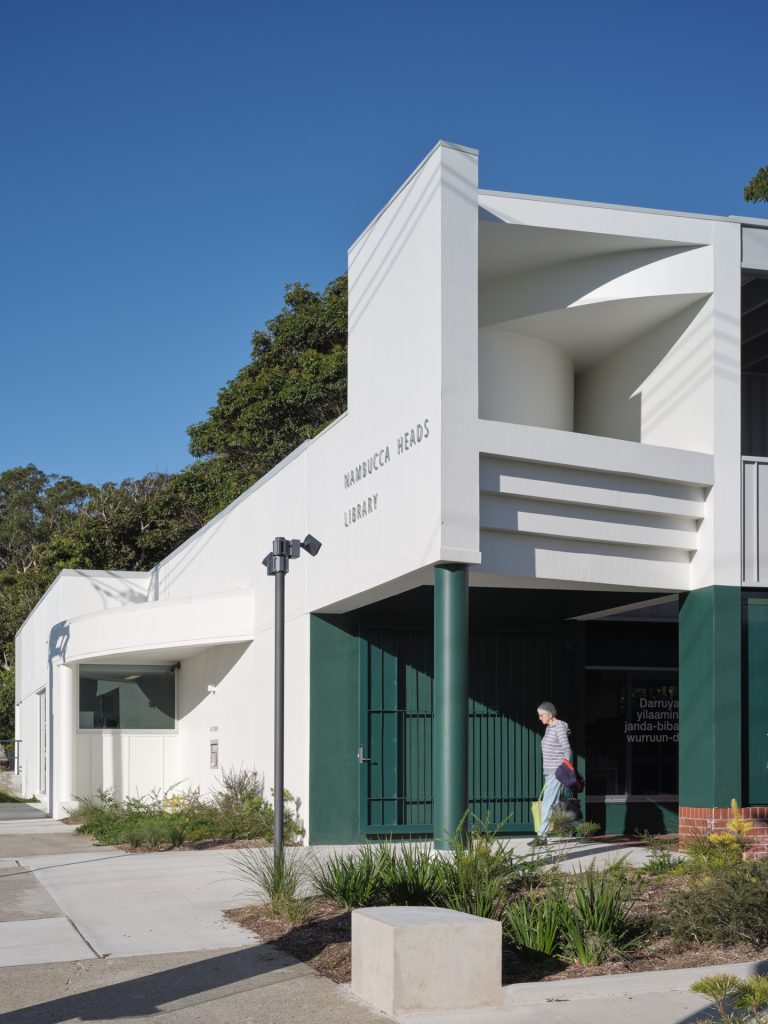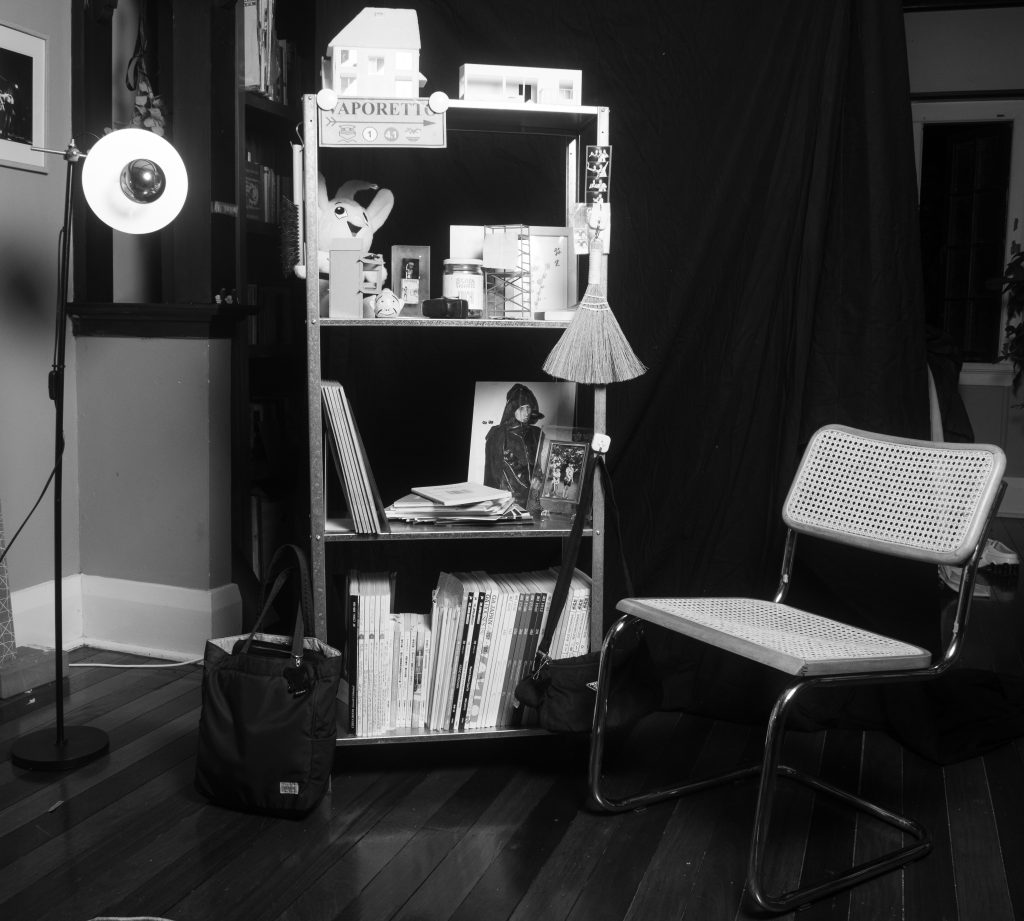
30UNDER30’s Gordon Akira Macindoe on non-architectural architecture, innovation and curiosity
30UNDER30’s Gordon Akira Macindoe on non-architectural architecture, innovation and curiosity
Share
Australian Design Review (ADR) recently revealed the 30UNDER30 Architects and Innovators of the Built World for 2023/2024. To celebrate, we are getting to know this exciting multidisciplinary cohort, the passions that drive their work and what makes them tick creatively.
Architectural graduate Gordon Akira Macindoe was born in Japan and raised between Japan, the UK and Australia. As a result of his continental upbringing, Macindoe brings a deep appreciation for diversity to his architectural practise. Having gained experience at renowned practices like Atelier Bow-Wow, Vokes and Peters, and Phorm, he has recently embarked on his own venture.
Through his architectural background combined with his research interests and commitment to community engagement, which first took shape as ‘Barbara’ a zine he established while studying at The University of Queensland, Gordon is committed to pushing the boundaries of traditional practice. Across each project, Gordon seeks to address environmental challenges by minimising building and exploring alternative methods.
His projects range from residential extensions to research on innovative housing solutions. He is also involved in teaching, research and pursuits aligned with his commitment to innovative and impactful design.
ADR: How did your love for architecture originate?
GM: I don’t necessarily have a great fable arc in that, as far as I know, no other architects exist in my family, nor was I building houses with Lego growing up. However, my family moved across continents a lot while I was growing up, so I often found myself in places and spaces that were quite different from one another.
Coupled with always being an annoyingly curious person, I feel like a love for architecture grew somewhere along the way.
ADR: Do you have a preference for a particular style of architecture?
GM: I’m very interested in architecture that is inherently non-architectural. By that I mean ordinary or banal things that have come to be purely out of economic, social or cultural history — it’s often described as vernacular architecture, and perhaps made most famous by Bernard Rudofsky’s Architecture Without Architects.
Be it the use of materials, the form of a structure, or the way an organisation operates, I think that there’s so much to learn by studying and unpicking the layers of the everyday. To that end, I think this appreciation for the ordinary is something that I share with many of the architects I admire and the ones I have worked for.
ADR: If you could work with any architect, designer, artist or other creative — living or dead — who would you work with and why?
GM: For me, it would have to be the enigmatic Australian writer Gerald Murnane. I’ve been an avid reader of his many works of fiction and have often found myself curious about how he sees landscapes, people, the mind and memory. His writing and narratives are incredibly rich and layered. It would just be an opportunity for me to observe and learn from him. I don’t know what kind of project we would work on, or if there’d be anything in it for him though!
ADR: Is there a particular project that you’ve worked on that has been the highlight of your career so far?
GM: When I was at Vokes and Peters, I had the privilege of working on the Nambucca Heads Library Extension (completed in collaboration with Zuzana and Nicholas). I think the built outcome is fantastic, but for me, it was a memorable project because I was entrusted with a fair bit of responsibility for a recent graduate at the time. This meant that I was able to work very closely with members of the local council and other stakeholders to collectively try to achieve a meaningful project for the broader community.

Another project that comes to mind is a small multi-residential building I worked on during my time at Atelier Bow-Wow. It was one of the first buildings that I’d worked on where I actually saw the concept design get built. I still have a study model of it in my office.

ADR: What drives your work and what do you hope to achieve in your architecture career?
GM: My hopes for my career are simple but probably difficult to achieve. I hope to be able to make a positive impact on the world by disseminating plenty of ideas and observations. These aren’t necessarily built outcomes, nor are they even always buildings, but I like to think that the best part about architecture and design is that it can often be a career that you want it to be — at least that’s what I’m telling myself.
ADR: How did it feel to make it into Australian Design Review’s 30UNDER30?
GM: It was such a surprise. I remember I’d slept in that morning and was awoken to some messages from friends congratulating me. In my stupor, I was so confused and had to double-check for myself. To be honest, as I answer these questions, it still doesn’t feel real to be included alongside such a talented and diverse cohort. I feel very privileged.
ADR’s 30UNDER30 Architects and Innovators of the Built World stream is brought to you by major sponsor Neolith, alongside Miele, Interface and Tongue & Groove. The program is also supported by practice partners BVN, HDR INC, SJB, Richard Stanisich, Williams Burton Leopardi, and Billard Leece Partnership. To find out more about the final 30, including their places of work and discipline areas, head to the 30UNDER30 page.
You Might also Like
























